EDITORIAL
Published on 30 Jul 2019
Editorial: Podocyte Pathology and Nephropathy—An Update
doi 10.3389/fendo.2019.00528
- 1,634 views
- 1 citation
14k
Total downloads
75k
Total views and downloads
EDITORIAL
Published on 30 Jul 2019
REVIEW
Published on 21 Nov 2018
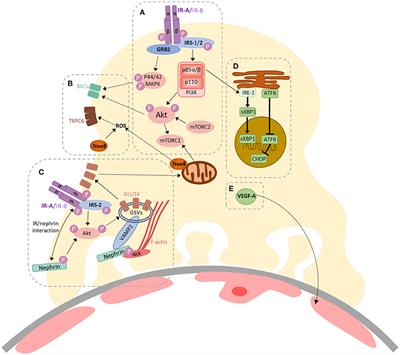
REVIEW
Published on 19 Sep 2018
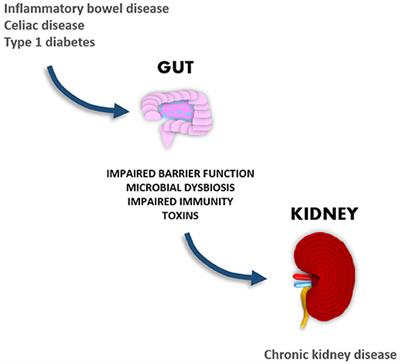
ORIGINAL RESEARCH
Published on 24 Jul 2018
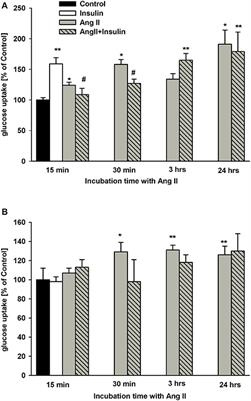
REVIEW
Published on 23 Jul 2018
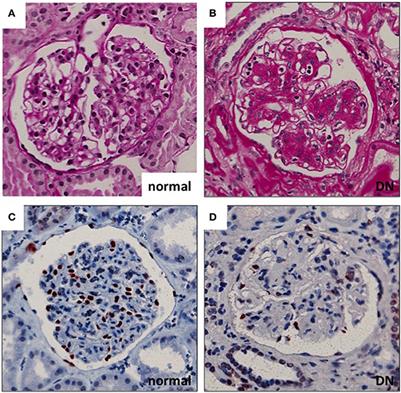
REVIEW
Published on 11 Jul 2018
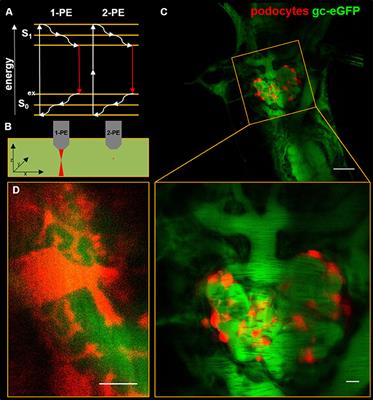
REVIEW
Published on 05 Jun 2018
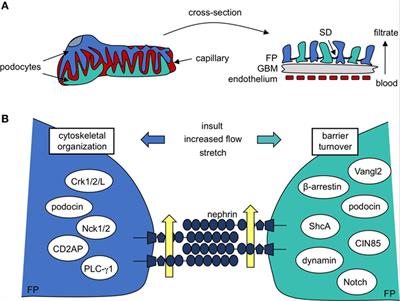
REVIEW
Published on 09 Apr 2018
